
The regions SJR offers busing from are:
Additional notes: Busing is available to all students and is included in tuition. The buses operate inside the perimeter of Winnipeg. The bus pick up and drop off spots are at locations close to ones home but may be several blocks away or a short drive. The school does not provide door to door service. There is also the option of choosing Before and After school Extended Day in replacement of busing for those students in Kindergarten to Grade 6.
How we see St. John's-Ravenscourt School
Compare with:
How St. John's-Ravenscourt School sees itself
"Nestled within an oxbow of the Red River lies Western Canada’s oldest independent school, St. John’s-Ravenscourt (SJR). As a co-educational K-12 school, with boarding and day programs, SJR students are engaged in an inspiring environment. Our strong educational offerings provide a balance of values related to academic excellence, social responsibility, creative expression, and active healthy living. With exceptional debate, public speaking and leadership programs, SJR prepares students for their future success."
"St. John's-Ravenscourt School offers a unique public speaking and debating program that is engrained in the school across all grade levels. We feel that teaching students how to speak well provides them with skills for the future while at the same time building their confidence."
"Students who get the most out of their time at SJR are driven to do their best academically while also balancing sports and co-curricular activities."
"Families looking for a religiously based education will not find SJR to be a good fit. As a non-denominational school we do not have a religious focus and no religion is taught at the school. We encourage students to be themselves and share who they are."
"When families consider SJR, they feel that the school provides a strong education for their child that pushes them to be their best. They see that academics are at the core of SJR while also providing a well-rounded breadth of opportunities including arts and athletics. Most importantly, families continue to tell us that they appreciate the open nature of the school, welcoming all people."
"We are well-known for our strong academic standards and public speaking and debate. We often hear that our student's standout because of how they have learned to present themselves."
"What often goes unrecognized initially is the athletic and arts offerings and the multitude of opportunities for students to get involved throughout the school. Athletically, our school offers students a wide array of sports and many facilities to use including an arena on campus which transitions into an indoor turf in the spring/summer, a state of the art fitness center, and a double sized gym. Additionally, the arts program offers music, art, and drama in many capacities including a Rock Show, drama productions, and art clubs and events."
"What families might find surprising about SJR is that there is a real community built amongst all families, students, teachers, and staff. Parents often comment once their child is enrolled at SJR, how much they feel a part of the school and welcomed.
Another aspect is the academic pursuit of all students. Families often comment they see a change in their child for the better, in their drive to succeed in school. The feeling of it's cool to be smart is definitely felt at SJR."
"The arena on campus underwent a major renovation and update over the past two years. This major improvement to the facility also allowed us to be able to use the arena in the spring and summer as an indoor turf."
"Over the course of this year, we are re-looking at our vision, mission, and values to align them with who we are as a school today. This update will clarify to everyone in our community who we are drive us forward for the future."
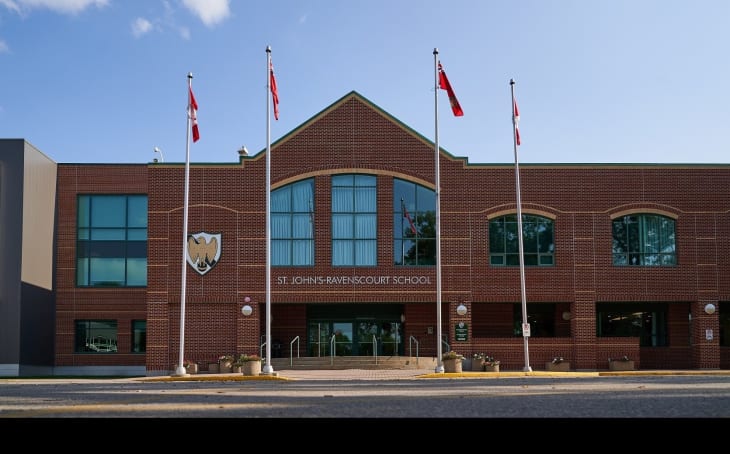


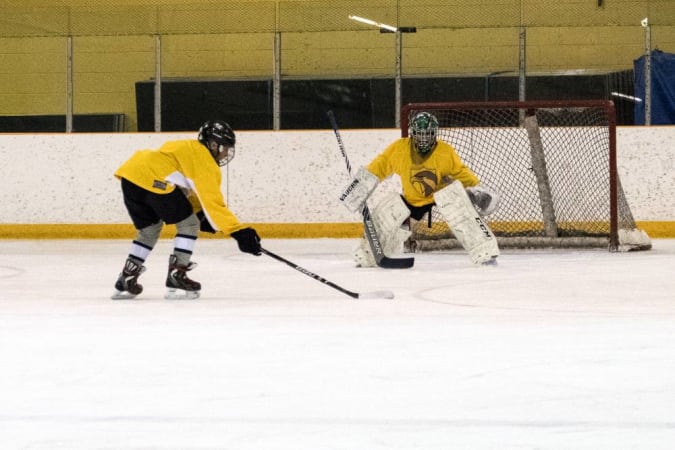
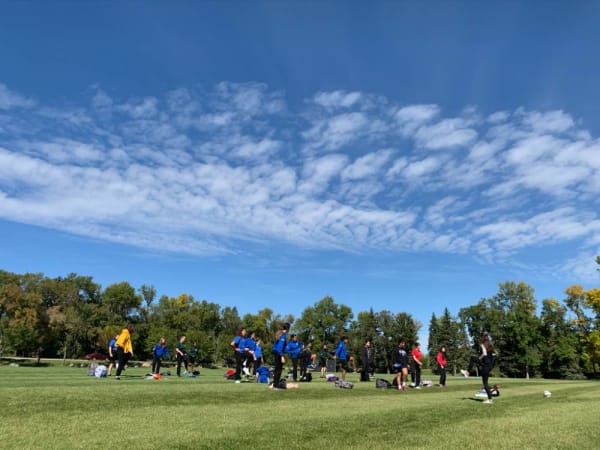




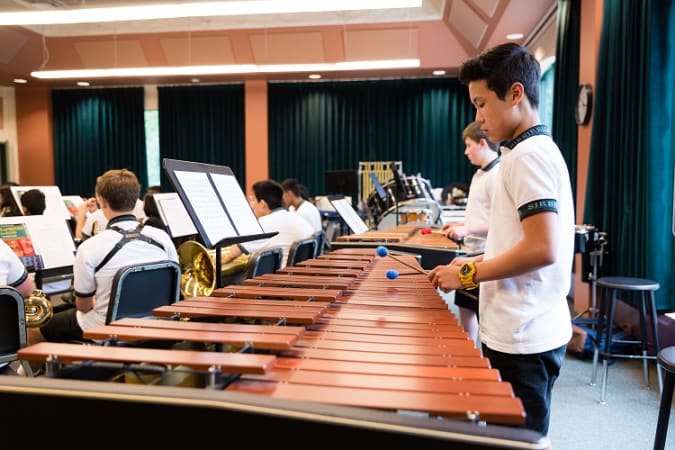




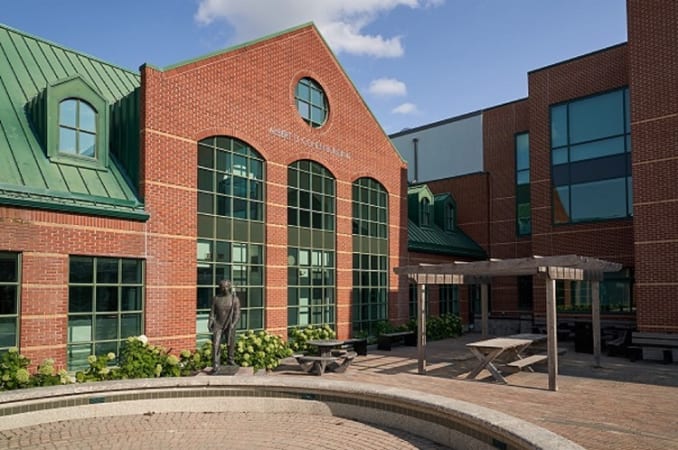
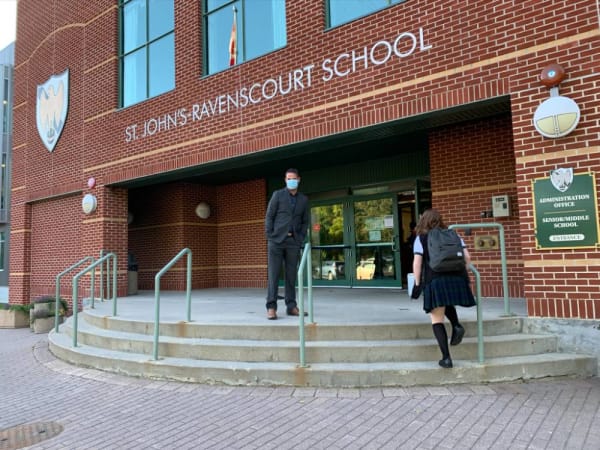
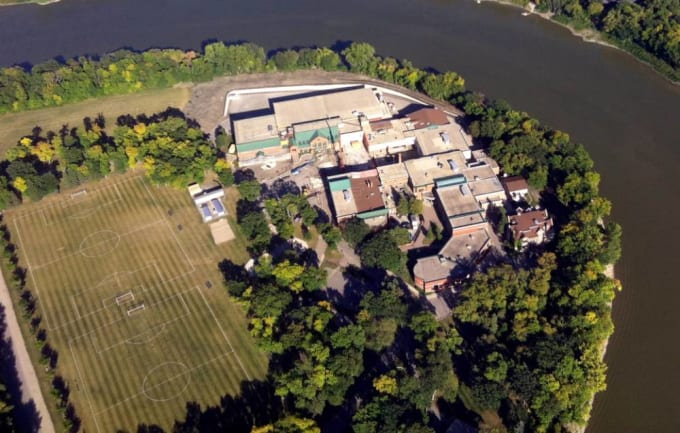



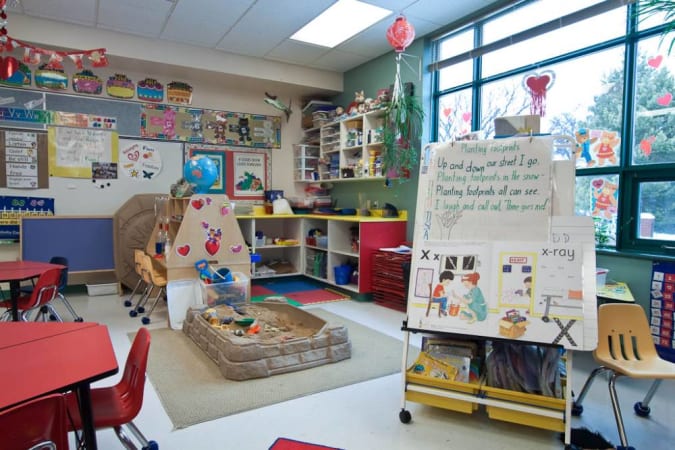





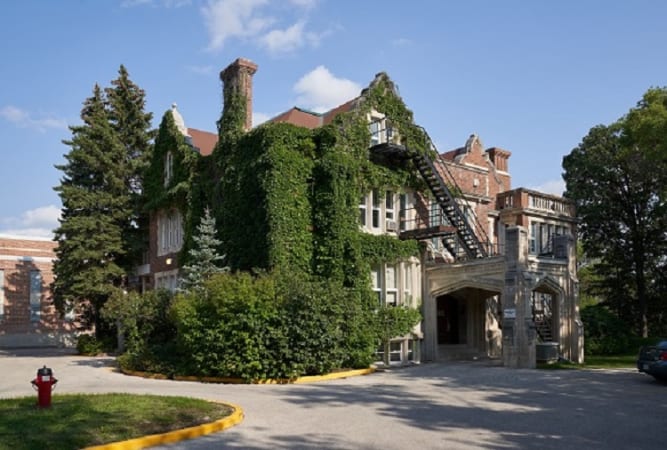






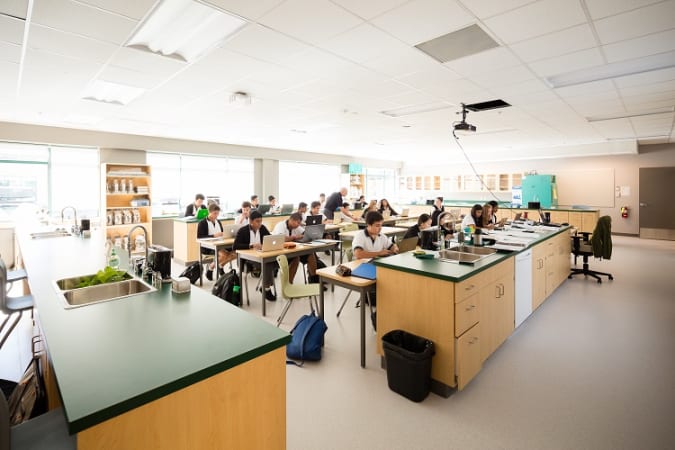





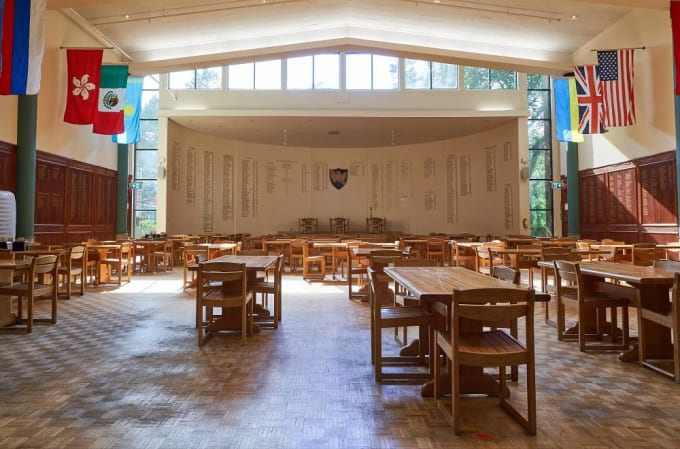






How people from the school’s community see St. John's-Ravenscourt School
Top-down influence on the school’s direction and tone

Mr. Jim Keefe, Head of School
B.A., Hons.
St John’s-Ravenscourt (SJR) is an independent co-educational Kindergarten to Grade 12 university-preparatory day and boarding school that offers an outstanding all-round education for talented boys and girls. We are fiercely proud of our rich heritage and combine our long traditions with the best of 21st Century learning to enable our students to thrive in this quickly changing world, not only during their school days but at university and beyond.
Our School community is built around the four pillars of academic excellence, creative expression, active healthy living and social responsibility. We have extremely high expectations of our students, in terms of their academic commitment and co-curricular attainment as well as their personal qualities of compassion, integrity and service. I am very proud to lead a School of such fundamental strength, clear mission and exhilarating possibilities.
SJR has rightly earned an enviable reputation for ensuring that our students rise to the challenge and fulfil their academic potential. Our talented faculty has forged a strong tradition for educational innovation and for creating a vibrant learning environment that nurtures students and helps them grow into well-rounded adults. There is also, of course, our tremendous raft of co-curricular opportunities that develop leadership, self-belief and character.
Situated on the banks of the Red River in Winnipeg, SJR boasts a wonderful campus and some of the very best facilities of any independent school in Canada and beyond.
The best way to appreciate our warm and purposeful atmosphere and strong sense of community is to make a personal visit. Come and meet me and my colleagues and talk with our splendid students. In the meantime, this website provides a wealth of information about life at SJR, and I hope it captures your imagination.
THE OUR KIDS REPORT: St. John's-Ravenscourt School
Next steps to continue your research:
Continue researching St. John's-Ravenscourt School with OurKids.net, or visit school website.